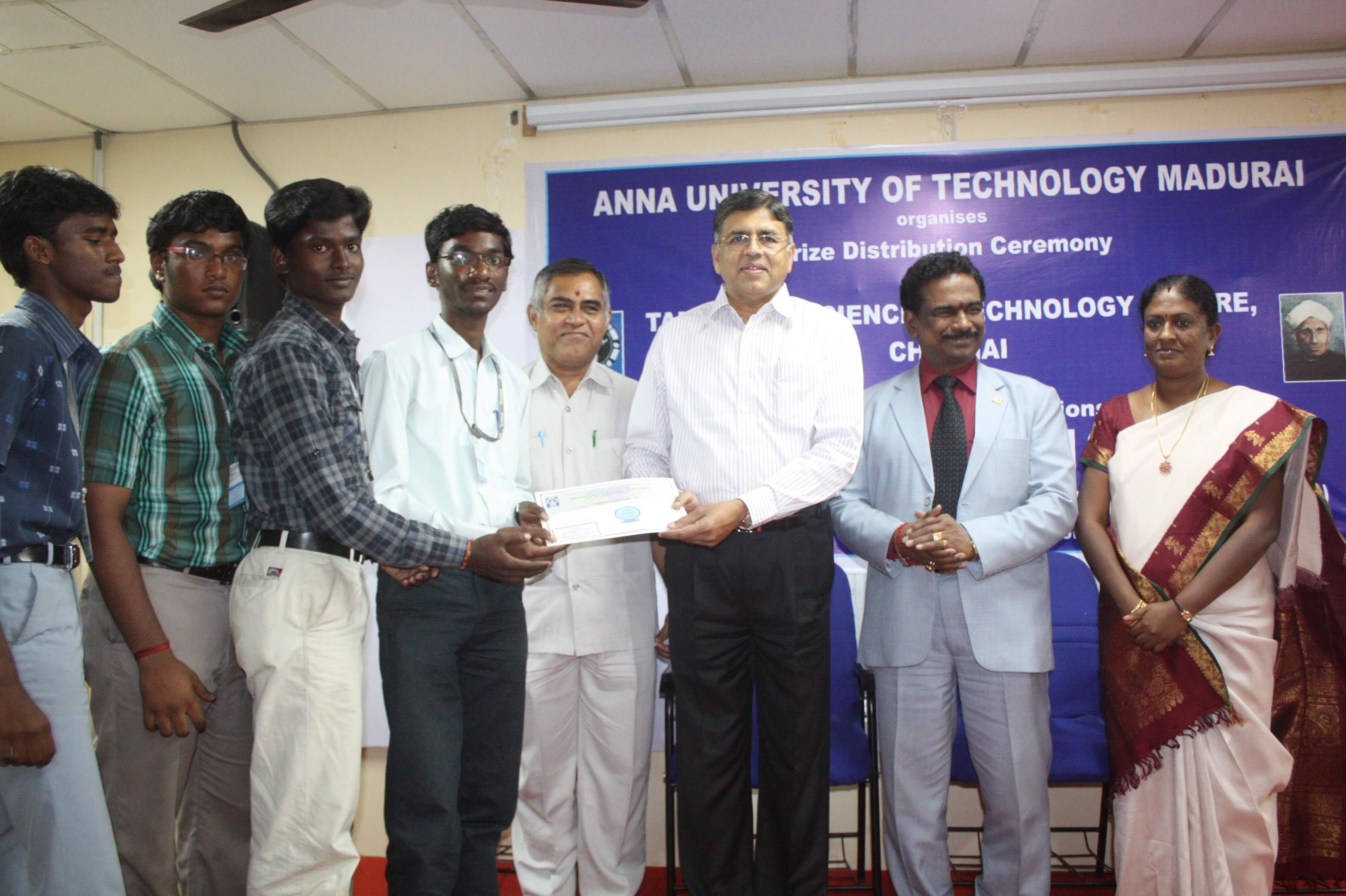- Written by vck
- Hits: 3455
Be Inspired...
In the French town of Coupvray, near Paris, there stands a little stone house that, in 1809, was the home of a local harness maker, Simon Rene Braille, his wife Monique and their growing family. On January 4th of that year, the house grew a little livelier with the birth of their fourth child, Louis Braille.
Louis was a bright and inquisitive child, the very characteristics that were to play role both in the tragic accident that caused his blindness and in his triumph over limitations to reading that were normal consequences of blindness at that time. At the age of 3, while playing in his father's shop, Louis injured his eye on a sharp tool. Despite the best care available at the time, infection set in and soon spread to other eye as well, leaving Louis Braille totally blind.
Fortunately, Louis's parents, together with the local priest and school teacher, were alert to his superior learning abilities and eager to provide with him the opportunity to develop them to the fullest extent possible. So, when Louis attained his school-going age, he was allowed to sit in the classroom to learn what he could by listening.
Despite an initial assumption that his handicap would keep him well back of other pupils, he was soon leading the class. At the extraordinarily young age of ten, Louis was sent on scholarship to Royal Institution for Blind Youth in Paris. The Institution was one of the first of its kind in the world. However, the conditions in the school were not notably better. Louis was served with stale bread and water. There too, most of the instructions were oral, although there were some books in raised-prints developed by the school's founder Valentin. Once again, the diligent Louis did well at his studies, and moreover developed a considerable talent for music, first at the piano and then at the organ. In his time at the school, he was playing organ for churches all over France. The general idea of a tactile alphabet that would allow blind persons to read and write also began to take shape in his mind at this time.
It was, in 1821, a French army captain, Charles Barbier de la Serre, who actually invented the basic technique of using raised dots for tactile writing and reading. His original objective was to allow soldiers to compose and read the top secret information at night times without illumination. It was known as Night Writing. Barbier later adapted the system and presented it to the Institution for Blind Youth, hoping that it would be officially adopted there. He called the system Sonography, because it represented words on the basis of sound rather than spelling. While the Institution accepted Sonography only tentatively, Louis set about using and studying it with his customary intensity. Soon he had discovered both the potential of the basic idea and the shortcomings in some of Barbier's specific provisions, such as a clumsy 12-dot cell and the phonetic basis. Within three years, by age 15, Louis had developed the system that we know today as Braille, employing a 6-dot cell and based upon the normal spelling. Louis was so impressed with the wooden dice which, his father gave to him, had 6-dots notched on it by stitching awl that blinded him finally spurred him to design the Braille letters. He also went on to lay the foundations of Braille representation of music, and in 1829 published the Method of Writing Words, Music and Plain Song by Neans of Dots, for Use by Blind and Arranged by Them.
Although Louis Braille went on to become a loved and respected teacher, was encouraged in his research, and remained secure in his own mind as to the value of his work, his system of touch reading and writing was nevertheless not very widely accepted in his own time. Louis Braille died of tuberculosis on January 6, 1852. In the years that followed, the practicality as well as the simple elegance of his Braille system was increasingly recognized, and today, in virtually every language throughout the world, it's the standard form of writing and reading used by blind persons. If a blind child is taught Braille skills with the same sense of importance that's rightly attached to the teaching of print skills to sighted children, he or she will grow up being able to read at speeds comparable to print readers, a life-skill of inestimable value. Over nearly 200 years after Louis Braille worked out his basic 6-dot system, its specific benefits remain unmatched by any latest technology though, some computers being prime example, both complement and contribute to Braille system.

